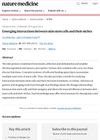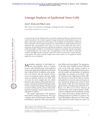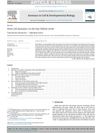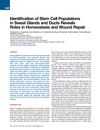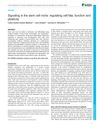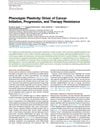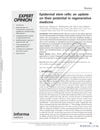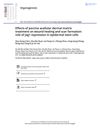Clonal Analysis of Stem Cells in Differentiation and Disease
July 2016
in “
Current Opinion in Cell Biology
”
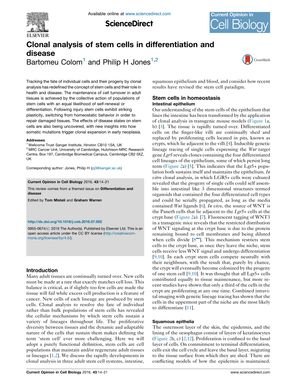
TLDR New techniques have enhanced our understanding of how stem cells function and the role of mutations in aging tissues, which may influence future cancer therapies.
The document from December 2016 reviews how clonal analysis has advanced our knowledge of stem cell behavior in tissue maintenance, repair, and disease. It explains that adult stem cells balance self-renewal and differentiation to support tissue turnover and can dedifferentiate in response to injury. For example, in the intestine, certain progenitors can revert to stem cells to replenish the LGR5+ population after damage. The review also notes the heterogeneity within stem cell populations and the use of techniques like clonal analysis, intravital imaging, and single-cell transcriptional profiling to study stem cell dynamics. It discusses the role of stem cells in the intestine, skin, and blood, including their response to injury and the potential for somatic mutations to lead to cancer. In the intestine, stem cells without the Apc gene can dominate a crypt, a precursor to cancer. In squamous epithelia, mutations can offer a short-term growth advantage, while in blood, oncogenic mutations accumulate with age. The document concludes that new techniques have improved our understanding of stem cell behavior and the prevalence of oncogenic mutations in aging tissues, which could impact future cancer treatments.

